Fukuoka on foot (3/4): Capsule hotel and shrines
Posted by Wesley on
After a walking around Fukuoka for so long during the day, me and my feet needed some rest. Because this trip was originally about visiting the Apple Store and coming back, I wanted to minimize the extra costs and a capsule hotel seemed to be a good fit. So I reserved a bed at one of such hotels, Well Cabin Nakasu, which nominally cost JPY 3,800 for the weekend stay. I applied some discounts via online reservation site, so it cost me less than that. I never stayed in this kind of hotel before, but it didn't take very long to get used to it.
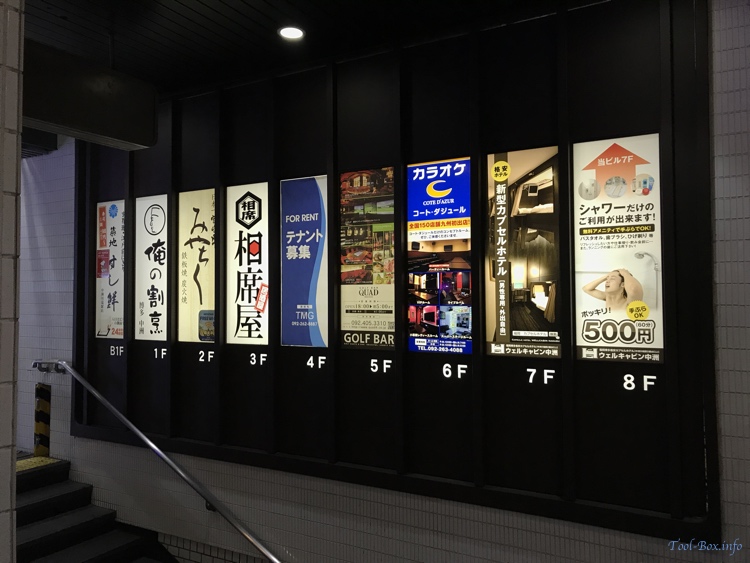
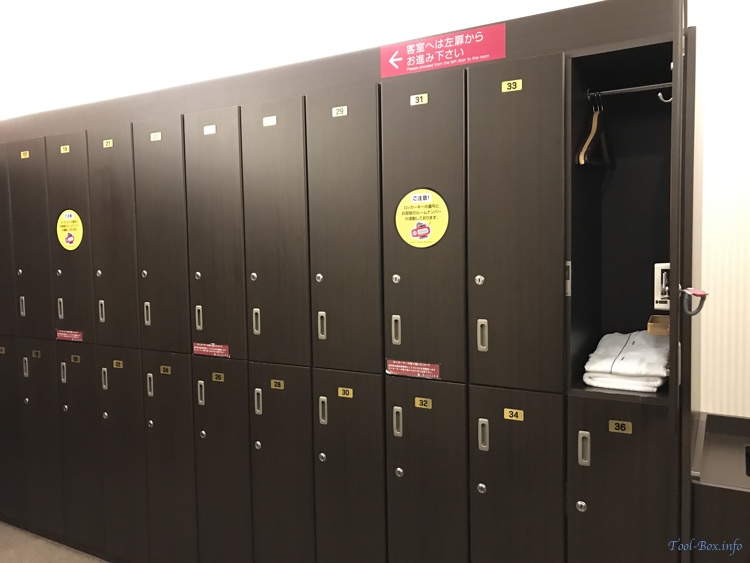

Well Cabin Nakasu is on the 7th and 8th floor of the J-Park building at the exit 2 of the Nakasukawabata Station

Your clothes and important belongings go into the locker much like a public bathhouse because there's no space or lock for them with the capsule bed
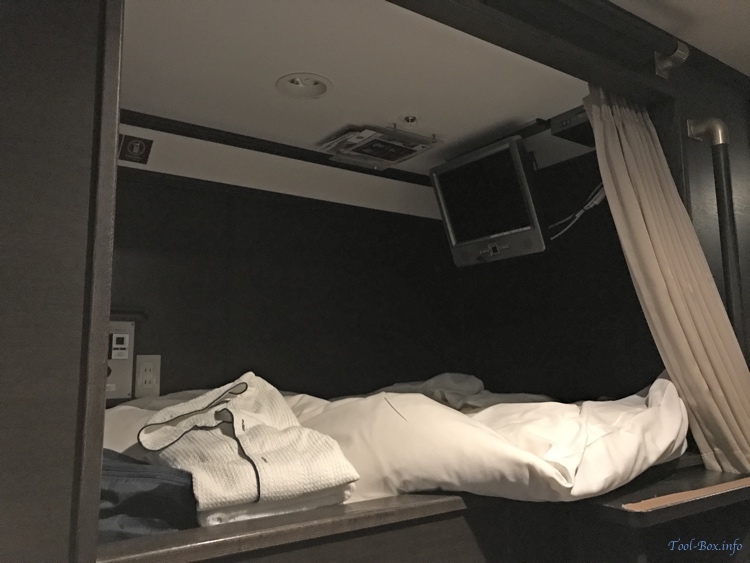
The capsule beds are sort of like walled off bunk beds with a space lighting and a small TV installed inside
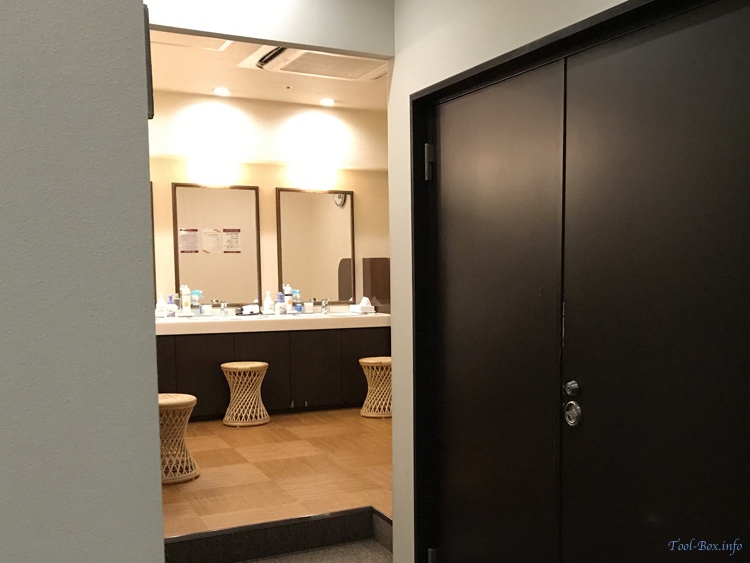
The shared toilets and showers were well-maintained with enough amenities to rival high-end spas, and they even sold shirts, underwear, and socks on the cheap just in case
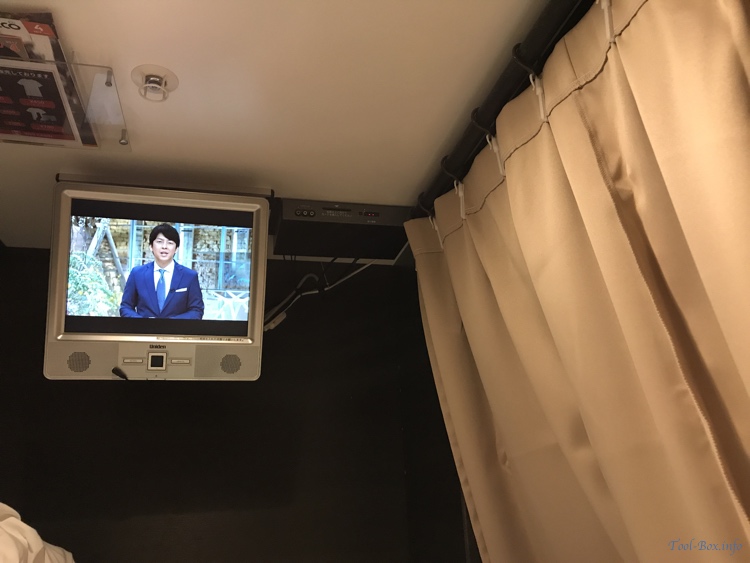
The curtains next to the bed provide bare minimum privacy, so there isn't much you can do inside but sleep, read a book, or watch TV with the volume down
The next morning, I decided to explore the Nakasu area a bit before heading out to the nearby city of Dazaifu to feel a bit of history.
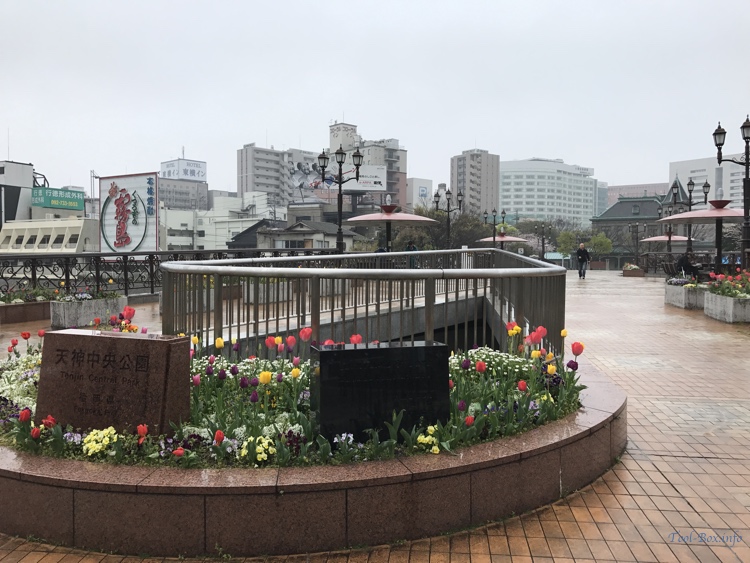
I strolled around the Tenjin Central Park, walking past the Fuku-Haku Deai Bridge ("where Fukuoka and Hakata meet")
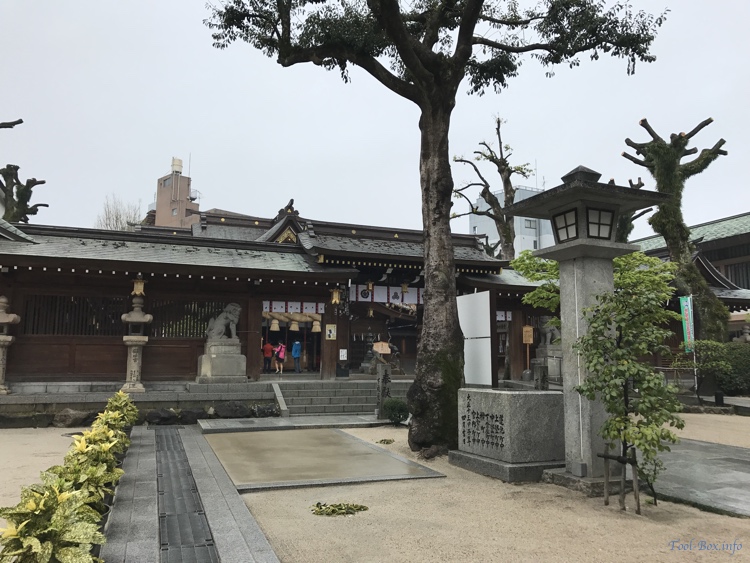
Just to the north of the Canal City Hakata shopping mall is the Kushida Shrine, which is not a particularly comfortable place for the Koreans to visit because it is known to house the sword that murdered Empress Myeongseong of the Korean Empire in 1895
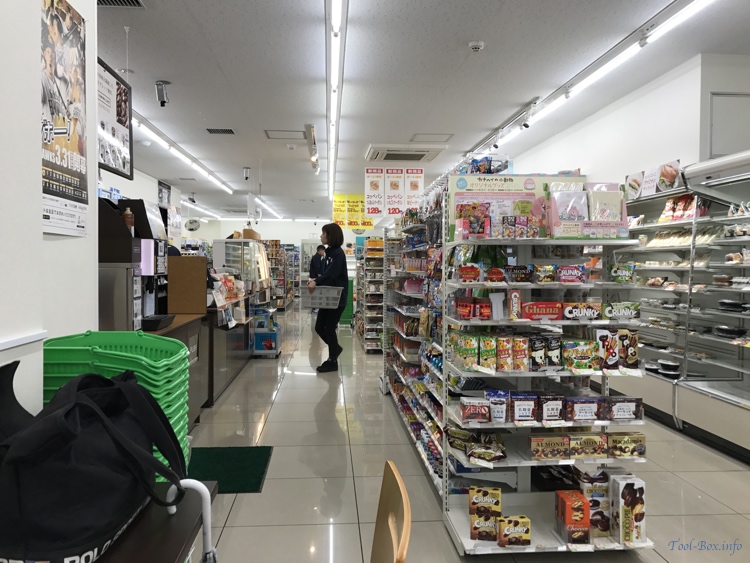
Before ending my early morning walk in Fukuoka and heading to the Tenjin Station, I ate a sandwich for breakfast at a convenience store
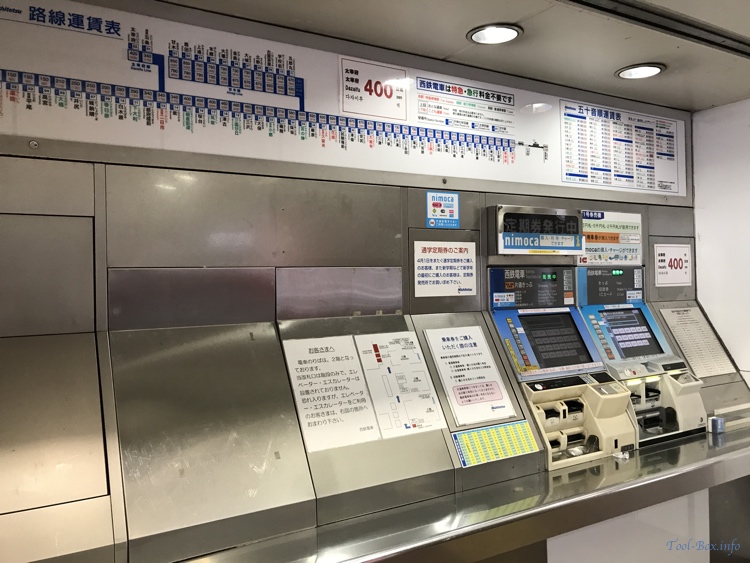
Ticket machines at the Nishitetsu Fukuoka (Tenjin) Station have signs that say it costs JPY 400 to go to Dazaifu in multiple languages, so it's obviously a popular destination for tourists
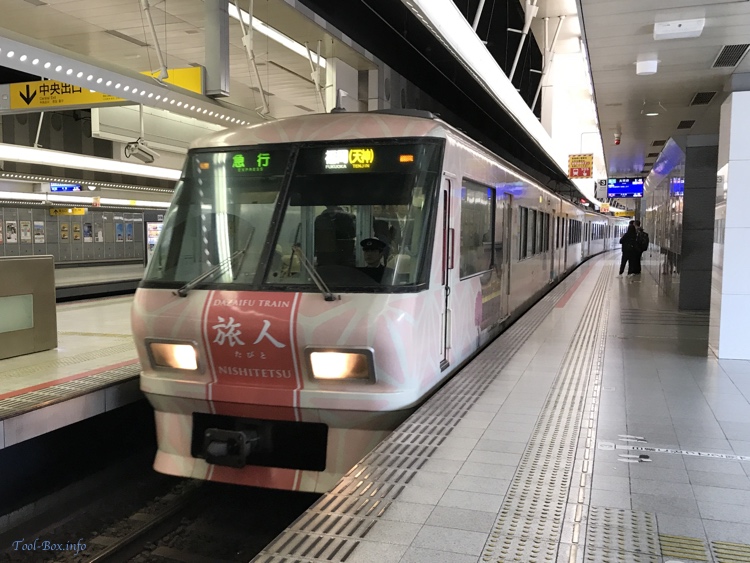
Direct service train to Dazaifu, called Tabito ("traveller"), is decorated with cherry blossoms and traditional architecture to depict the springtime
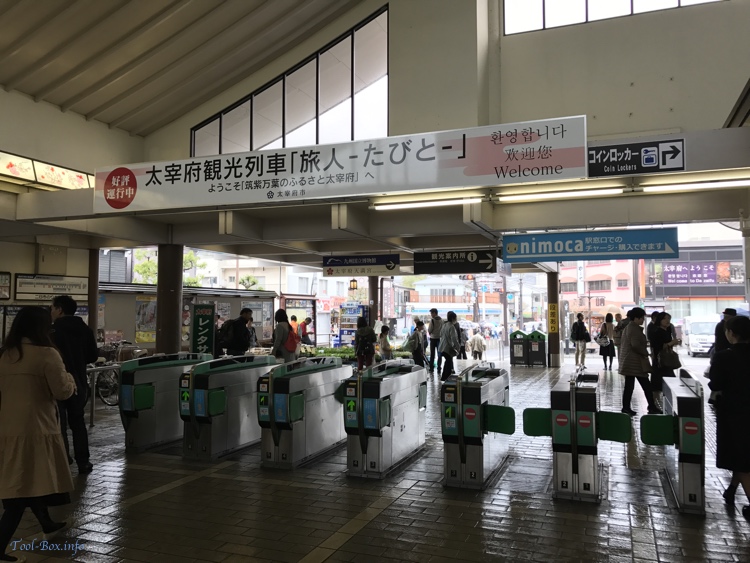
After riding the Tabito train for about 40 minutes, I was welcomed by a large sign at the exit of the Dazaifu Station
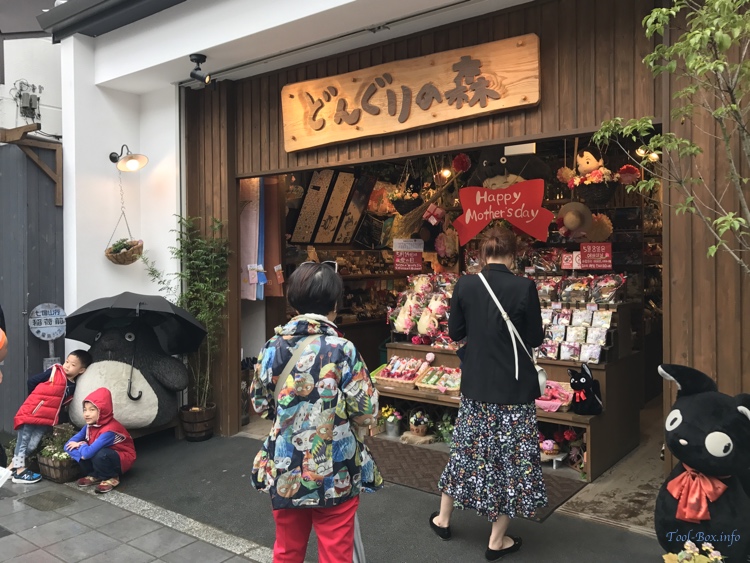
The road leading up to the famed Dazaifu Tenmangu Shrine is filled with all sorts of shops, including this Donguri no Mori (Acorn Forest), an official Studio Ghibli Shop
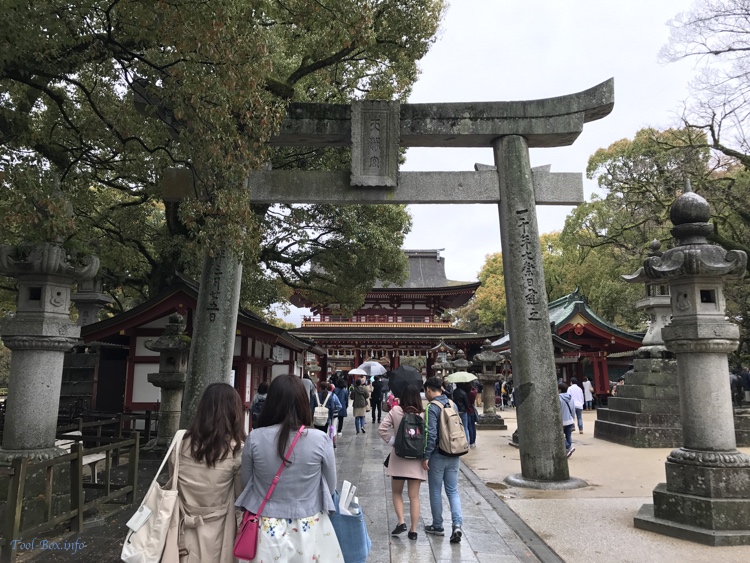
Entering the torii (gate) toward the honden (main hall) of Dazaifu Tenmangu, the shrine dedicated to the spirit of Sugawara Michizane as the deity of education
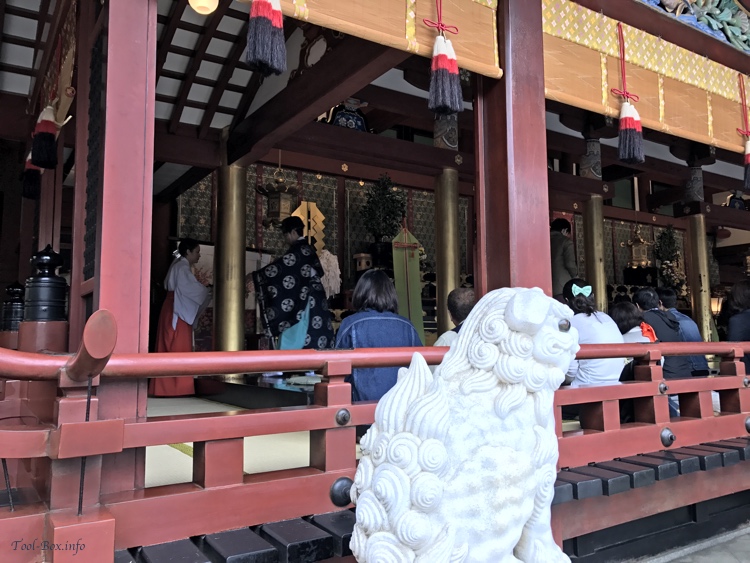
A certain ritual was being held as I visited the shrine that morning
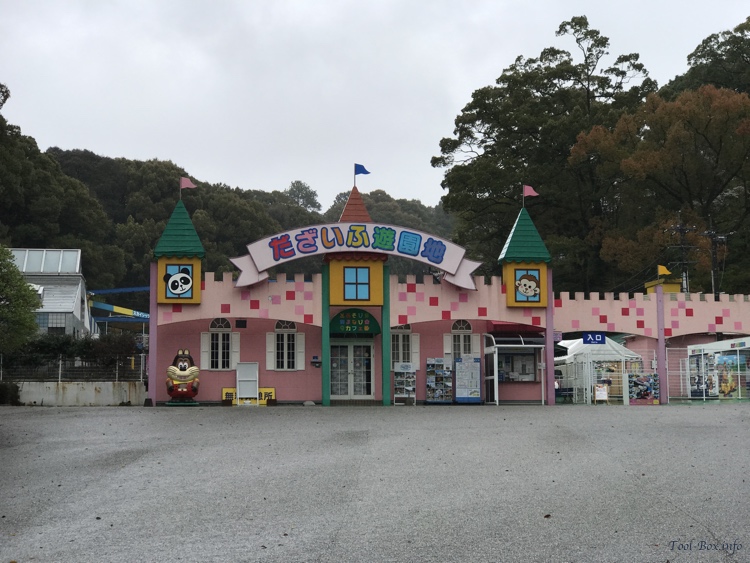
Not to let the kids get bored, there's the Dazaifu Amusement Park right next to the shrine with all the usual rides you would expect to find at a casual theme park
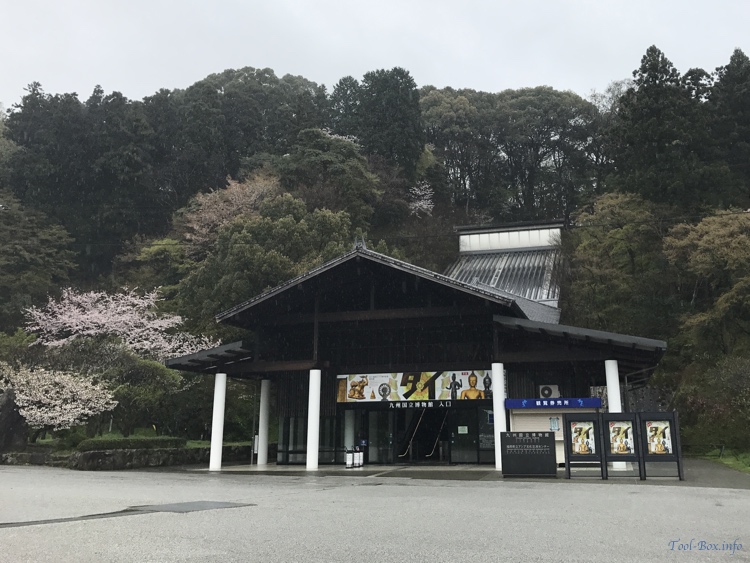
Those who are more interested in the history of the region should step onto the escalators to the right of the amusement park that lead up to the Kyushu National Museum
I didn't have much time left that point, as the ship for Busan would leave in four hours on 14:45. But I trusted my feet and the train schedule to continue the journey a bit further.
Defined tags for this entry: capsule, convenience store, Dazaifu, Fukuoka, hotel, park, Shinto shrine, train